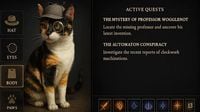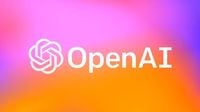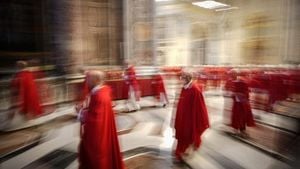OpenAI has unveiled significant advancements in its GPT-4o model, introducing native image generation capabilities that promise to reshape how users interact with the platform. This update, which rolled out on March 26, 2025, allows users to generate coherent text within images, a feature that has long been a challenge for AI systems.
During a live stream on March 25, OpenAI CEO Sam Altman and his team showcased the new image generation feature, emphasizing its ability to accurately render text and follow prompts with remarkable precision. As detailed in a blog post by ChatGPT, "GPT‑4o image generation excels at accurately rendering text, precisely following prompts, and leveraging 4o’s inherent knowledge base and chat context." This development marks a notable shift from previous iterations, as the model can now separate different images described in a prompt, rather than merging them into a single output.
The image generation tool is not only capable of creating up to 20 distinct objects in a single image, but it also iterates on existing images to ensure consistency as prompts evolve. However, the new capabilities are not without their shortcomings. Users have reported instances where the AI generated nonsensical outputs, such as a quiz map that asked for the capital of "Nedia" and the DRC twice. Additionally, the model struggles with cropping images correctly and may falter when tasked with generating unique images containing more than 20 objects. OpenAI acknowledges these limitations, stating that the generation tool will still occasionally "hallucinate" or create inaccuracies.
Despite these issues, OpenAI is committed to improving the platform. The company has implemented safety measures to prevent the generation of inappropriate content, such as child sexual abuse material and deepfakes of real individuals. "When images of real people are in context, we have heightened restrictions regarding what kind of imagery can be created, with particularly robust safeguards around nudity and graphic violence," OpenAI noted. "As with any launch, safety is never finished and is rather an ongoing area of investment."
Access to the new image generation tool is available to ChatGPT Plus, Pro Team, and free users, with Enterprise and Edu subscriptions set to follow. Although DALL·E's time may be waning, OpenAI plans to maintain its functionality through a dedicated DALL·E GPT, ensuring that users still have access to its features.
The rollout began immediately after the live stream, with users across various subscription tiers experiencing the new features. Early tests indicated that while the quality of generated images had improved, the time taken to create these images had also increased. Free account users quickly exhausted their daily image generation limits, indicating a high demand for the new capabilities.
In practical tests, users have discovered that the model can remember context across multiple image requests. For instance, a user asked ChatGPT to create a cartoon strip in the style of Charles Schulz's "Peanuts," but the AI declined due to copyright concerns, instead generating a humorous comic strip with distinct characters. This adaptability showcases the model's potential for creativity, even as it navigates legal boundaries.
OpenAI's demonstration highlighted the model's ability to generate images with "perfect text," a significant leap forward in understanding prompts and creating visually coherent outputs. Altman described this development as "a huge step forward" for the company, underscoring the excitement surrounding the rollout.
As the new image generation capabilities become available, users are encouraged to experiment with the tool. However, they should also be prepared for some limitations, particularly on free accounts where access may be restricted. Reports have surfaced of users encountering timeouts or delays in generating images, particularly during peak usage times.
In summary, OpenAI's introduction of native image generation in its GPT-4o model marks a transformative moment for the platform. With enhanced capabilities for rendering text and generating images, users can expect a more interactive and visually engaging experience. As OpenAI continues to refine its technology and address existing challenges, the future of AI-driven image generation looks promising.





